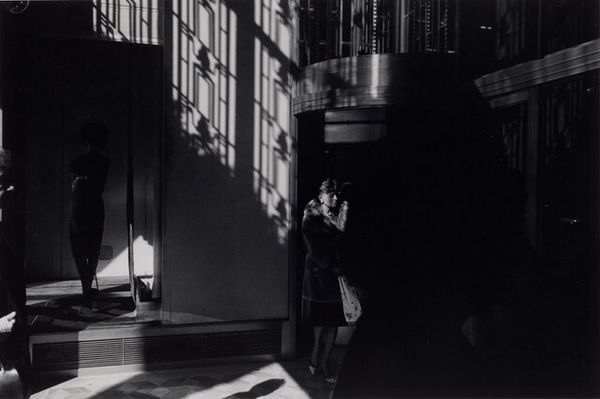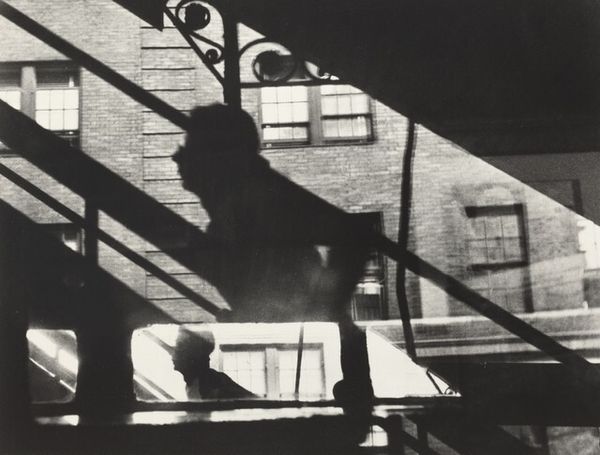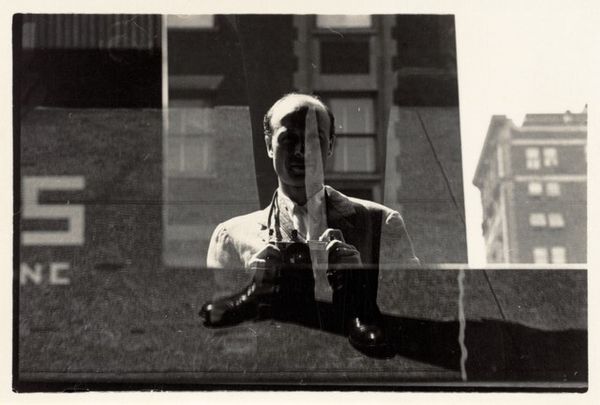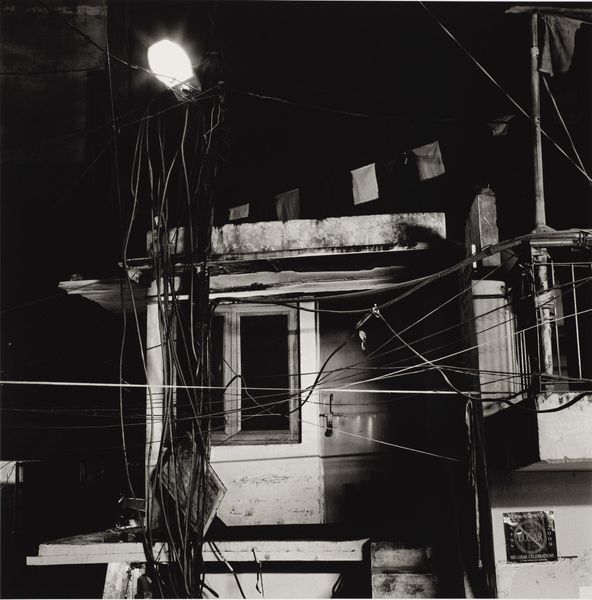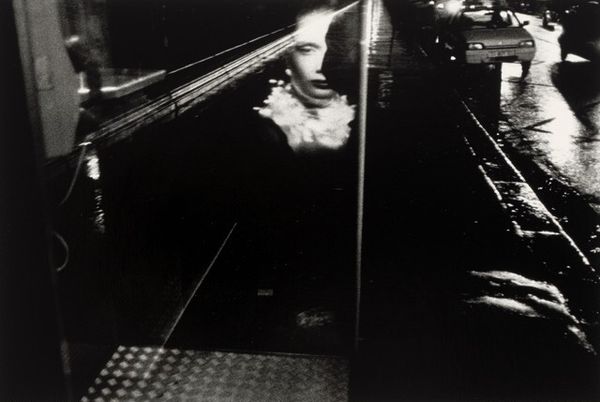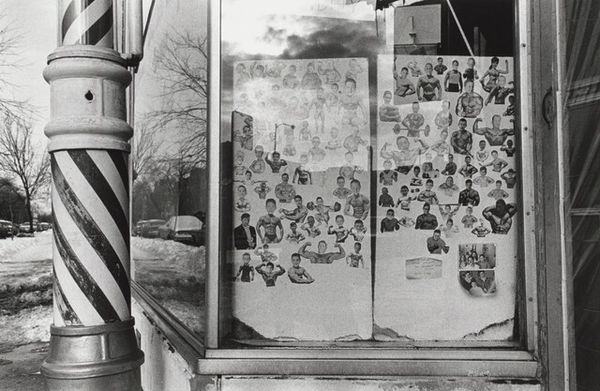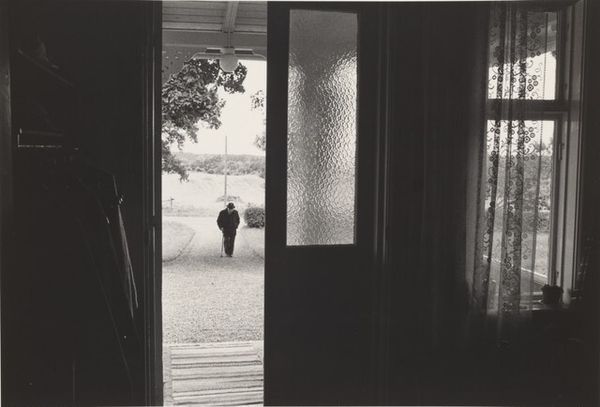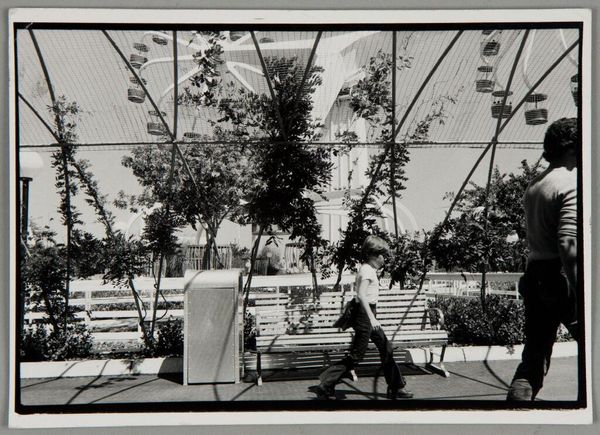
photography, gelatin-silver-print
#
archive photography
#
street-photography
#
photography
#
gelatin-silver-print
#
monochrome photography
#
street photography
#
cityscape
#
realism
#
monochrome
Dimensions: image/sheet: 22.4 × 32.6 cm (8 13/16 × 12 13/16 in.)
Copyright: National Gallery of Art: CC0 1.0
Editor: This photograph is titled "New York, New York" by Louis Faurer, a gelatin-silver print, made sometime between 1946 and 1989. It feels incredibly layered and almost dreamlike. So much is going on in the frame that it's hard to find a focal point, but somehow that complexity is compelling. How do you interpret this work? Curator: The fragmented layers are indeed key. I see this photograph as a visual poem about urban alienation. The reflections and juxtapositions—the elegant mannequin superimposed onto the mundane buses and passing figures—speak to the fragmentation of identity in the modern city. This was created during a period marked by post-war anxieties and evolving social landscapes. Editor: Urban alienation... that makes sense given how isolated those people seem in their own little worlds. The mannequin adds a particularly strange dimension. Why use an image like that? Curator: Consider the role of advertising and consumer culture in shaping societal expectations. The mannequin embodies a certain ideal, likely unattainable for many. Faurer is subtly critiquing the commodification of beauty and the pressure to conform, prevalent social concerns at the time, especially concerning women and marginalized communities. Think about who is represented, and how. Does the image reinforce existing power structures? Editor: That's a great point. The flawless image of the mannequin juxtaposed with the blurred faces of the every-day citizens definitely creates a power dynamic. It almost feels voyeuristic. Curator: Precisely! Faurer’s choice of black and white intensifies that feeling. By stripping away color, he highlights the stark contrasts in class and experience, rendering the city as a stage for social disparities. He captured New York in its grit and glamor, inviting us to analyze it from multiple angles. What are your thoughts about the impact that the photographic process had on these social dynamics? Editor: Seeing it that way, it feels far more charged. I initially saw it as a melancholic snapshot, but I now recognize the intentional social commentary. Thank you. Curator: It’s a powerful reminder that even seemingly simple street photography can offer deep insights into complex social issues. Thinking about photography through the lens of cultural and power structures opens up fascinating new perspectives.
Comments
No comments
Be the first to comment and join the conversation on the ultimate creative platform.

